What’s Happening: Paulo Mendes da Rocha, an architect whose angular concrete buildings embodied Brazilian Modernism, died this past weeked at age 92. Throughout his six-decade career, Mendes da Rocha was celebrated for completing a wide array of projects—private housing, cultural institutions, and even furniture—that combined powerful architectural forms with issues of social engagement. His buildings are widely considered responsible for the modernization of São Paulo, where he lived and worked, but he completed few buildings outside his home country. That didn’t stop him from leaving a resounding influence on the profession and receiving some of its most prestigious accolades.
Paulo Mendes da Rocha, Brazilian Modernist Architect, Dies at 92
Throughout his six-decade career, the Pritzker Prize–winning architect was celebrated for completing a wide array of projects that combined powerful architectural forms with issues of social engagement. Though his preferred material was naked concrete, he rejected the “Brazilian Brutalism” moniker. His buildings often feel moodier and more angular compared to his peer Oscar Niemeyer’s signature use of sweeping curves. Below, five highlights from his illustrious career.
BY RYAN WADDOUPS May 25, 2021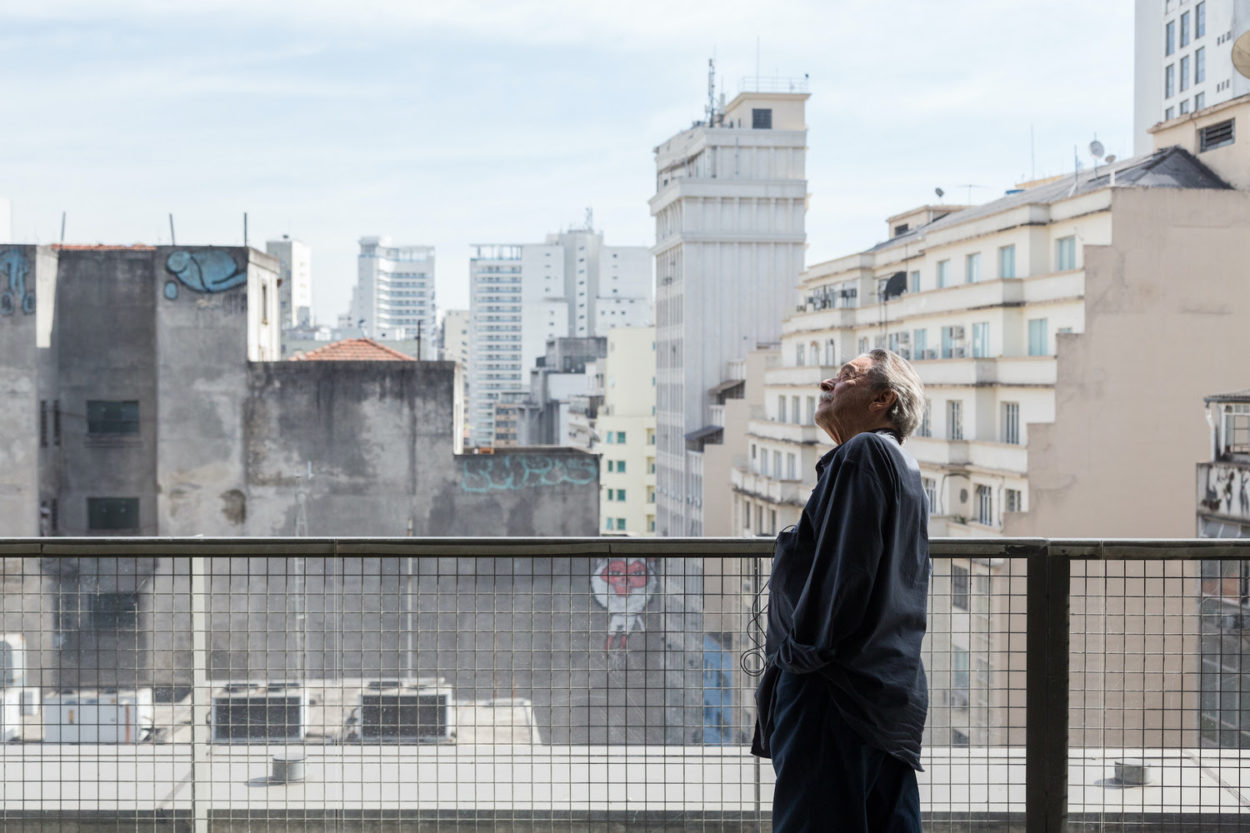
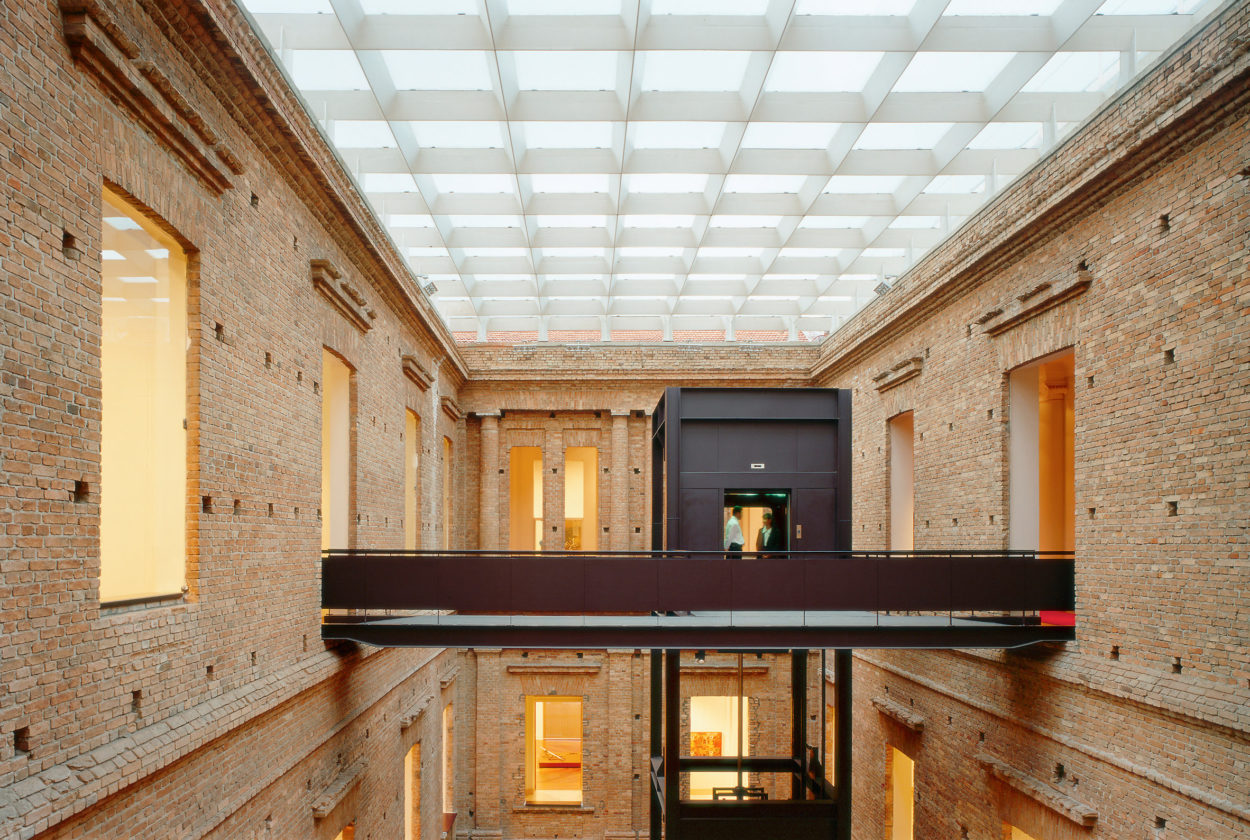
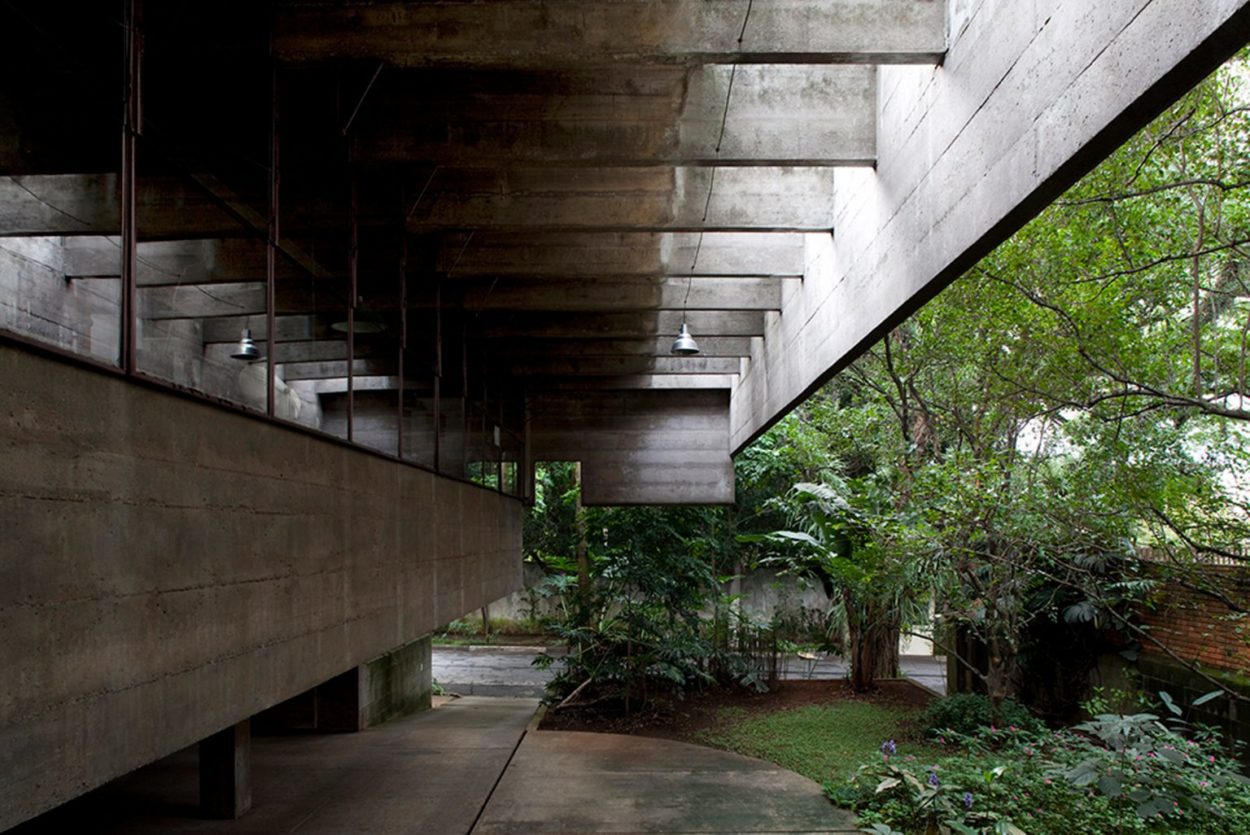
The Download: In honor of Mendes da Rocha’s profound impact on architecture, we rounded up five highlights from his illustrious career.
- Early in his career, from 1961 to 1969, Mendes da Rocha worked as a professor at the Faculty of Architecture and Urbanism at the University of São Paulo, but was impeached by Brazil’s military dictatorship over ideological differences. In 1980, he returned as a professor, where he remained until retiring in 1999.
- Though his preferred material was naked concrete, which he rendered in simple, geometric forms, he rejected the “Brazilian Brutalism” moniker. His buildings often feel moodier and more angular compared to his peer Oscar Niemeyer’s signature use of sweeping curves.
- Despite his worldwide influence, Mendes da Rocha completed few buildings outside Brazil. His most notable projects include the Athletic Club of São Paulo, Casa Mendes da Rocha, Casa Masetti, Capela de São Pedro, Pinacoteca do Estado, and the Brazilian Sculpture Museum.
- The architect was highly decorated. His accolades include the Mies van der Rohe Prize for Latin American Architecture (2000), the Pritzker Prize (2006), the Venice Biennale Golden Lion for Lifetime Achievement (2016), RIBA’s Royal Gold Medal for Architecture (2017), and the International Union of Architects’ UIA Gold Medal, which he received last week.
- Mendes da Rocha became only the second Brazilian (after Oscar Niemeyer) to receive the Pritzker Prize. When the jury awarded him the honor, in 2006, they said: “Inspired by the principles and language of modernism, as well as through his bold use of simple materials, he has over the past six decades produced buildings with a deep understanding of the poetics of space. He modifies the landscape and space with his architecture, meeting both social and aesthetic human needs.”
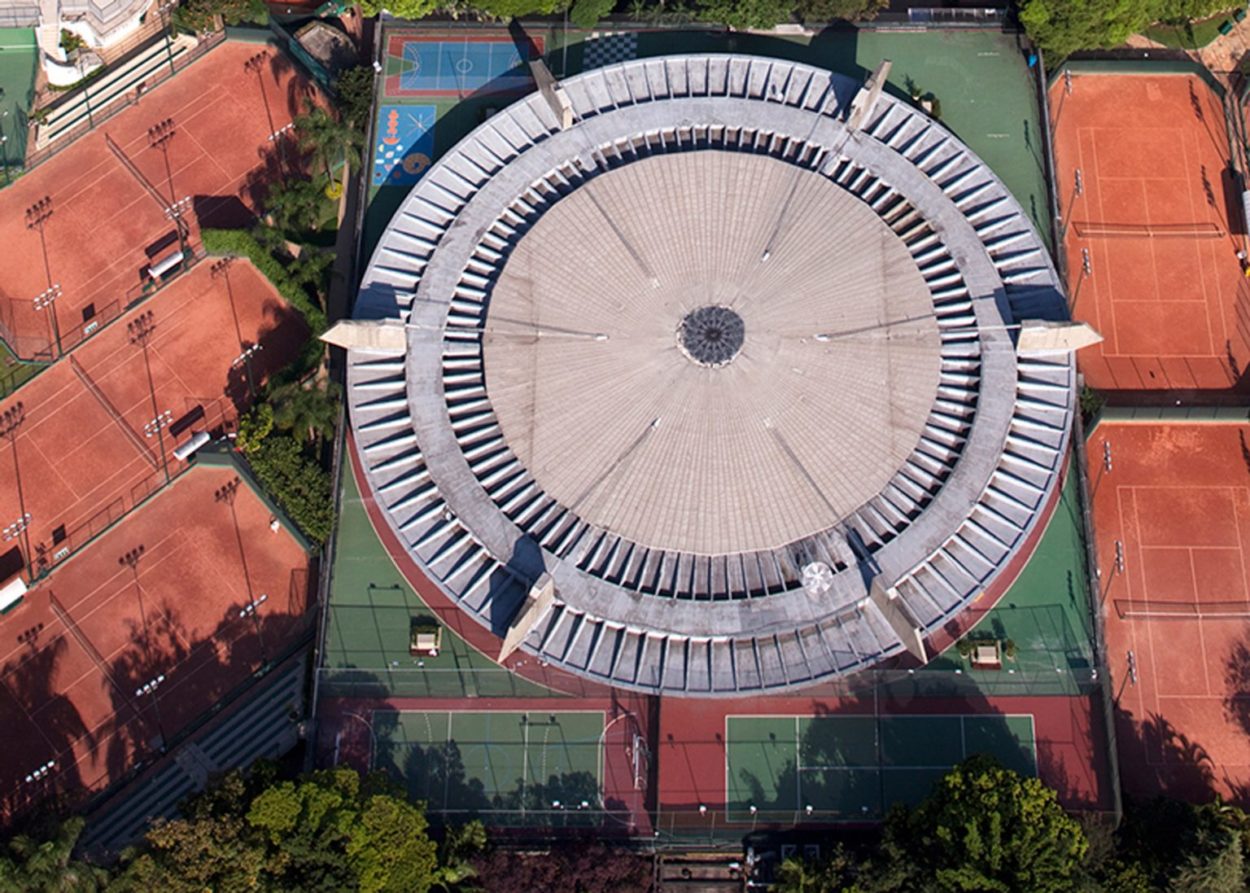
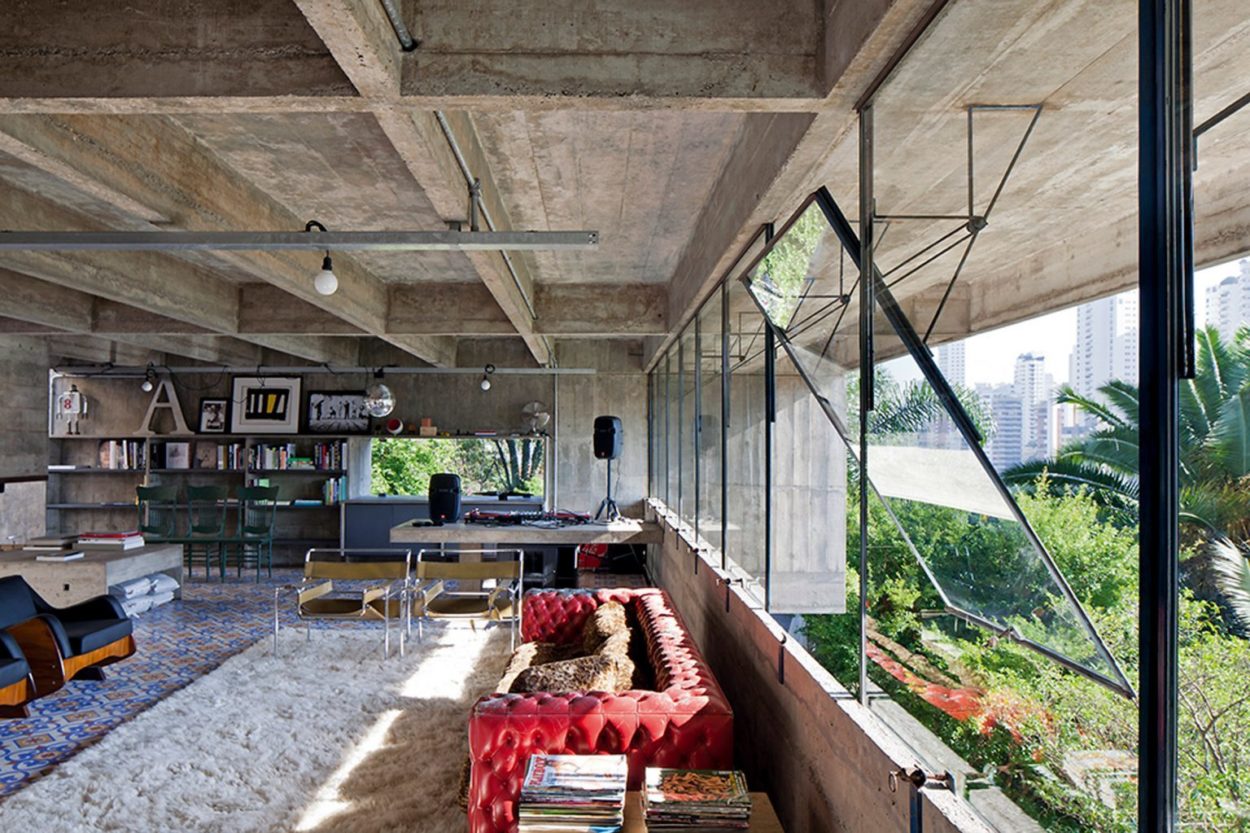
In Their Own Words: “All space is public,” Mendes da Rocha told The Guardian in 2017. “The only private space that you can imagine is in the human mind. The city has to be for everybody, not just for the very few.”
Surface Says: Mendes da Rocha’s legacy will live on through the bold yet poetic architectural feats he achieved with simple materials—and their lasting impact on the cultural fabric of Brazil.